Why should you get your tires rotated? Because it’s one of the easiest ways to extend the life of your tires and get the most miles out of them. And you only need to do it a couple of times a year.
Already know you need a tire rotation? Come visit us at one of our local stores or schedule an appointment.
Rotating the tires on your vehicle means moving them to different positions on your car or truck. This helps promote even tread wear on all four tires.
No matter how you drive, front and rear tires can wear at different rates. Tires that are mounted on the drive axle (the front two wheels on a front-wheel drive or back two on a rear-wheel drive) wear more quickly than the “free rolling” tires on the other axle.
Properly rotated tires can make for a smoother ride. It can also extend the life of your tires, saving you both time and money. By rotating your tires, you even out the wear to get the most tread life from every tire. Regular rotations are equally important, even if you have an all-wheel drive vehicle.
A good rule of thumb is every 5,000 miles. Depending on your vehicle, driving style, and tire type, you may need to rotate your tires more or less often. If you’re not sure, stop by Les Schwab. We’ll help you come up with a rotation schedule.
Regular tire rotations can help spot uneven tire wear early. Going too long between rotations may result in a wear pattern that can’t be fixed, no matter where the tire is moved on the vehicle. These wear patterns could result in the need for new tires sooner than expected.
Here are some ways to remember your next rotation.
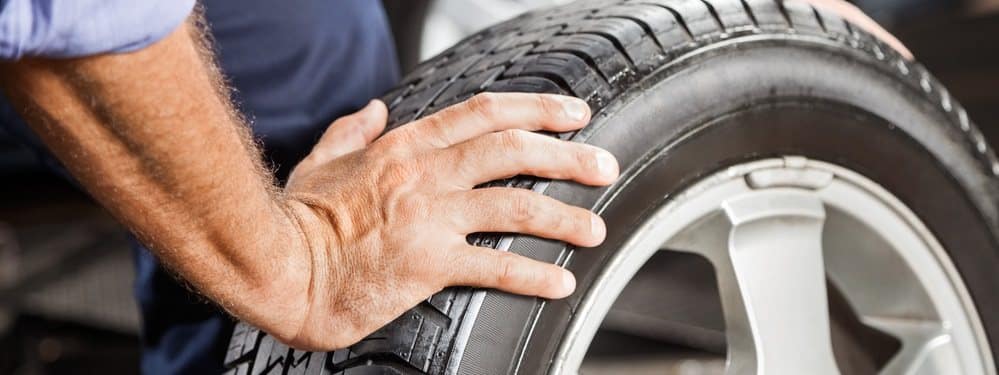
Getting your tires rotated every 5,000 miles is generally a pretty quick process. The professionals at Les Schwab will take the time to do a thorough tire rotation by also balancing your Les Schwab tires, checking your air pressure, doing a visual check of important safety systems, and documenting anything you should be aware of during the process. Once your vehicle is in our service bays, you can expect this procedure to be completed in about half an hour. Taking the time to make tire rotations a part of your normal vehicle maintenance regimen can add significant life to your tires, promote even tire wear for a smoother and more comfortable ride, and save you money in the long run.
The standard tire rotation is front-to-rear, but there are multiple patterns that could also help promote long tire life.
Here’s what Les Schwab tire pros consider to properly rotate and position the tires on your vehicle.
As always, check your owner’s manual for specific recommendations from the manufacturer.
If you have Les Schwab tires on your vehicle, rotations are free for the life of those tires. Plus we balance your wheels as part of the service. Don’t have Les Schwab tires? Our pros can still help maximize the life of your tires. Stop by your local Les Schwab for a quick estimate.
Don’t put tire rotations off. This simple task can maximize the life of your tires. When you buy tires from Les Schwab, we rotate them for free on most vehicles. Plus, we provide free rotation reminders by email.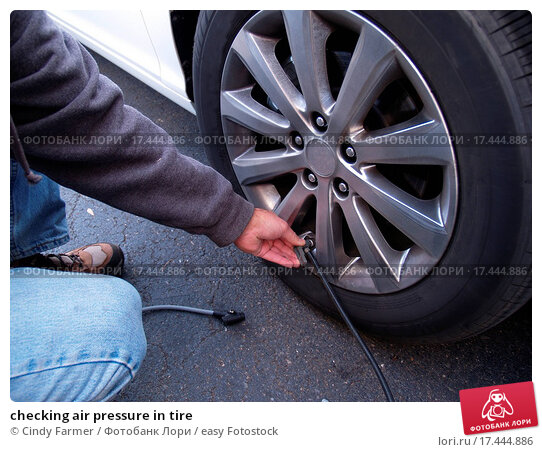 Just ask at your local store.
Just ask at your local store.
Calculate Out-The-Door Price
close
Tires
You care about your car and know it’s important to have your tires rotated at regular intervals. You also know that getting this done evens out tire wear, which means better handling and traction for you. But what exactly are “regular intervals”? Learn how often you should get a tire rotation, what's typically involved in the service, and how it can save you from having to buy new tires down the road. That's more money in your pocket for the things you care about!
Most vehicle manufacturers recommend that you get your tires rotated approximately every 7,500 miles or six months.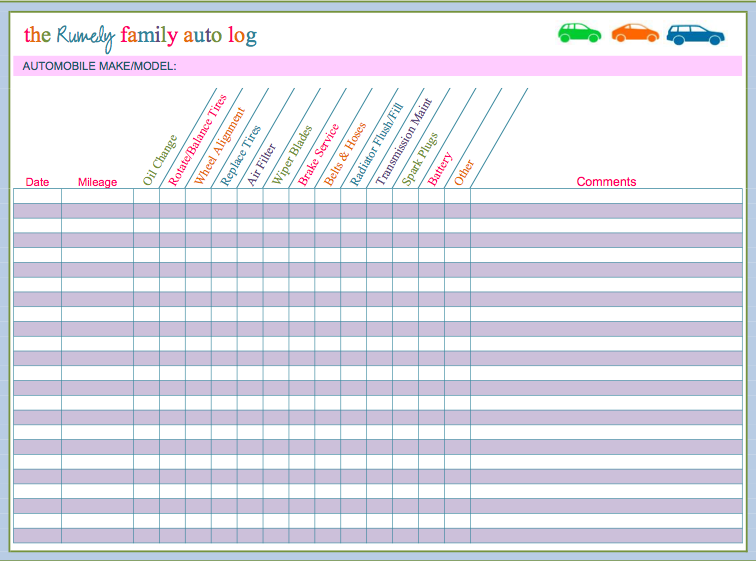 However, some vehicles are exceptions and it’s always best to refer to your owner’s manual. This number can change depending on how, where, and what you drive. Simplify things by making it a habit to get your tires rotated every time you get your oil changed.
However, some vehicles are exceptions and it’s always best to refer to your owner’s manual. This number can change depending on how, where, and what you drive. Simplify things by making it a habit to get your tires rotated every time you get your oil changed.
Tire rotation consists of switching the front and rear tires. It’s crucial to do this because the drive tires (i.e. front tires in front wheel drive vehicles) work harder than the others. If you don’t swap them out, these tires will wear down faster. By rotating your tires, you distribute the burden among all four tires and ensure they wear down evenly. Take a look at the tire rotation pattern below and you'll see! At Firestone Complete Auto Care, our expert technicians remove, swap, and remount your tires so they live longer and drive safer.

Regular tire rotations reduce your risk of various tire problems—most obviously, a tire failure or blowout. By regularly rotating your tires, you’ll be less likely to experience those, reducing your risk for an inconvenient and even potentially dangerous situation. Tire rotations also help improve traction and fuel efficiency by ensuring your vehicle's tires wear down evenly. This increases the lifespan of your tires, meaning you’ll save money in the long run.
Getting your tires rotated is key to getting the best performance from both your tires and your vehicle. If you can't remember the last time you had your tires rotated, there's a pretty good chance they're overdue for this important service. Make an appointment for a tire rotation at your local Firestone Complete Auto Care today! We’ll get you rotated and rolling in no time.
Schedule
Tires
Aug 22, 2016
Tread wear, your tires exposure to the elements, and tire age may all be contributing factors to your needing new tires. Read on to learn how to tell.
Read on to learn how to tell.
Read More
Tires
Aug 22, 2016
Firestone tires create a whole new driving experience. Learn about the technology of our tires that improves driving on straightaways and handling ability.
Read More
Tires
Aug 22, 2016
Tires are an investment & you want them to last. Here are some tire care tips to help you get the most out of your tires & info on our free inspection
Read More
LOAD 3 MORE
SHOWING 6 OF 12
Tires
Nov 20, 2017
Winter tires are your key to safe driving in the cold, but why? Stay informed to stay safe, with these 6 essential facts from Firestone Complete Auto Care.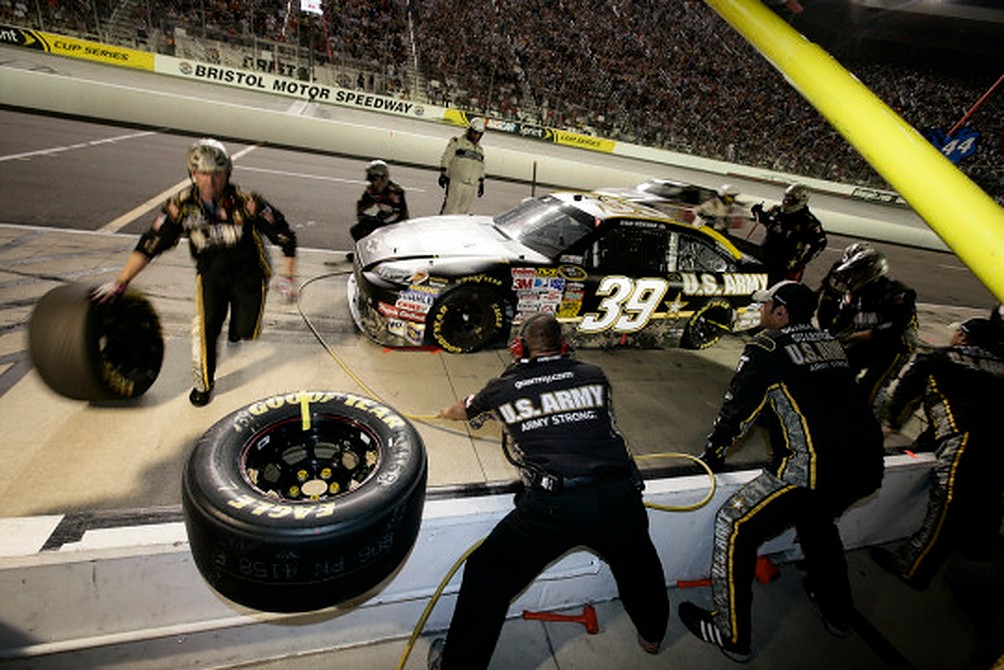
Read More
Tires
Oct 30, 2017
Here's what you need to know about changing out your tires for winter! Stay safe on the road and ahead of the winter rush with Firestone Complete Auto Care.
Read More
Tires
Oct 2, 2017
Yes, there is a right way to store tires! Help your tires live their longest life by following these easy storage steps, from Firestone Complete Auto Care.
Read More
{{storeNumber}}
{{storeName}}
{{link-icon "Call Us" mobileCallLink null "call-cta"}} {{link-icon "Directions" directions "_blank" "directions-cta"}}
{{address}}
{{city}}, {{state}} {{zip}}
{{#if activeFlag}} {{#ifCond mystore "or" myPreferredStore}} {{#ifCond storeType 'eq' "TPL"}}
*Call store for appointment {{phone}}
{{else}} {{#if onlineAppointmentActiveFlag }}
{{#if myPreferredStore}}
{{else}}
*Call store for appointment {{phone}}
{{/if}} {{/ifCond}} {{else}} {{#ifCond storeType 'eq' "TPL"}}
*Call store for appointment {{phone}}
{{else}}
Schedule Appointment {{#if onlineAppointmentActiveFlag}} {{else}}
*Call store for appointment {{phone}}
{{/if}}
{{/ifCond}} {{/ifCond}} {{else}}
*Temporarily Closed Due To: {{temporarilyClosedReason}}
{{/if}} {{#if isMilitaryStore}}
*This location is on an active US military base. You may need military ID to access the location.
You may need military ID to access the location.
{{/if}}
{{#ifCond count 'eq' "3"}} Show More Stores {{/ifCond}}
Sooner or later all tires wear out or get damaged and need to be replaced.
How quickly this happens depends on various factors, including how you drive, the natural conditions in your area, and how well your tires are cared for.
Tires should be checked regularly (at least once a month). The following are signs that indicate the need for tire replacement.
The following are signs that indicate the need for tire replacement.
This is the best replacement.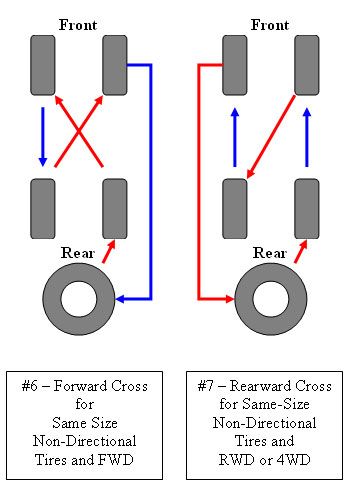 Excellent handling requires all four tires to be of the same type and size, unless otherwise recommended by the vehicle manufacturer.
Excellent handling requires all four tires to be of the same type and size, unless otherwise recommended by the vehicle manufacturer.
When purchasing only two new replacement tires, make sure they are compatible with other tires in use and comply with current legislation and vehicle manufacturer's requirements.
Buying only two new tires, put them on the rear wheels for better grip and stability while driving.
If tires are to be used simultaneously, fit radial tires on the rear wheels.
Radial and non-radial tires on the same axle at the same time.
It is not recommended to use tires with different speed ratings on the same vehicle. If, nevertheless, the speed index of the tires is different, a pair of tires with the same indexes should be put on the same axle.
New tires must have at least the original manufacturer's recommended load capacity.
90% of end-of-life used tires are recycled as fuel (in the US, Japan and Europe).
Before changing tires, read your vehicle owner's manual and follow the tire manufacturer's recommendations for changing tires. Changing the type or size of tires can greatly affect the handling of the vehicle.
Car tires - an elastic shell mounted on a disc rim. It is the tires that dampen the small vibrations that occur due to imperfect roads and compensate for the inconsistency in the trajectories of the wheels. The characteristics of tires affect: driving comfort, maneuverability and vehicle stability. However, even the highest quality rubber eventually deteriorates. Therefore, every driver should know how to correctly determine the degree of tire wear in order to replace them in time.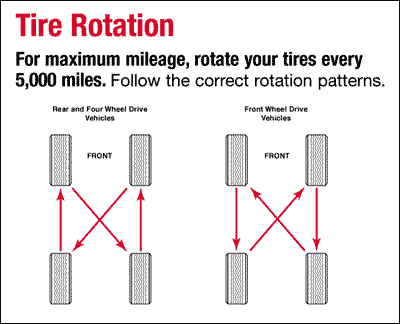 Car and truck tires have different periods of use, depending on both the initial characteristics of the products and the operating conditions.
Car and truck tires have different periods of use, depending on both the initial characteristics of the products and the operating conditions.
Tires wear out not only due to operational loads. They are characterized by natural aging, since the rubber compound from which the tires are made gradually loses its elasticity and resilience. The use of such rubber leads to a deterioration in vehicle controllability and creates dangerous conditions due to the high probability of tire rupture on the way.
In accordance with GOSTs 4754-97 and 5513-97, the warranty period for car tires is 5 years. Foreign manufacturers claim that the working life of tires is 5-10 years. There are no legislative acts obliging drivers to change tires after this period, but in order to create safe driving conditions, the driver must take into account the recommendations of GOST. Manufacturers usually set their own warranty periods.
Michelin, Bridgestone, Nokian, Continental, Dunlop, Pirelli, Tire Warranty Table Yokohama:
| Brand | Warranty period declared by the manufacturer |
| Bridgestone | Tire dependent - 3-6 years |
| Nokian | 5 years |
| Continental | 10 years old |
| Dunlop | Tire dependent |
| Pirelli | Tire dependent |
| Yokohama | 5 years |
| Michelin | 10 years old |
During the warranty period, the responsibility for identified significant defects rests with the manufacturer.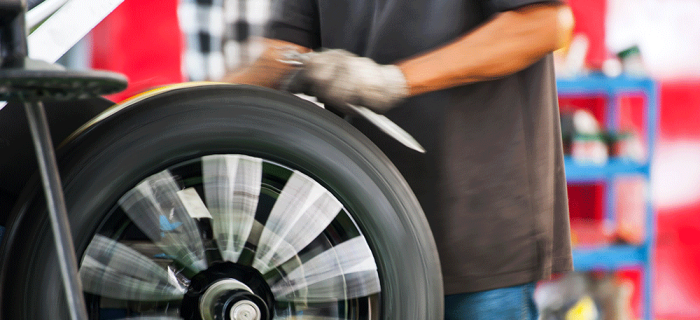 The owner of the vehicle will be forced to eliminate defects on his own if there have been:
The owner of the vehicle will be forced to eliminate defects on his own if there have been:
If the vehicle is used intensively, the need to replace tires may come before the end of the warranty period.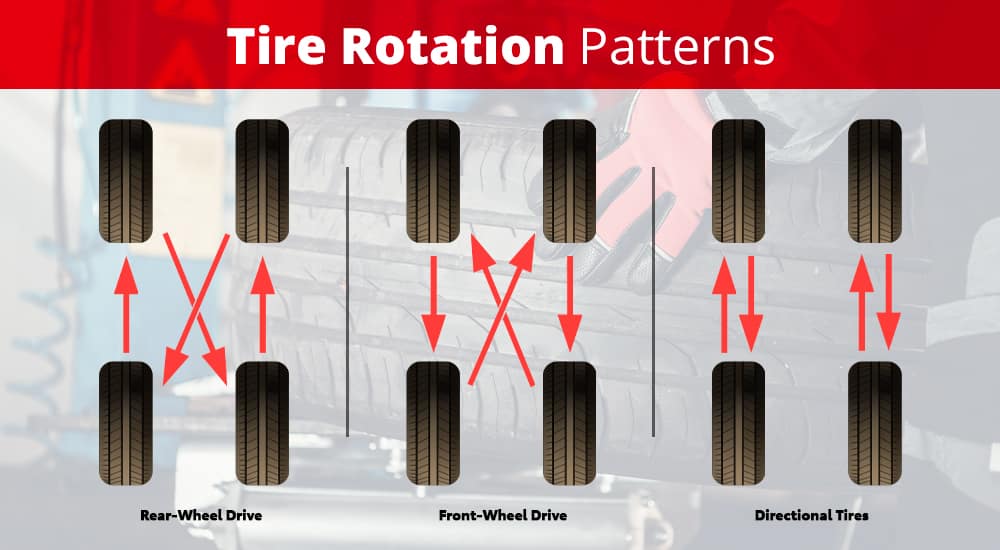 Therefore, regulatory documents establish the mileage after which you should think about replacing tires.
Therefore, regulatory documents establish the mileage after which you should think about replacing tires.
The maximum standard mileage is:
Actual tire wear rate may differ from the standard values due to a whole list of factors, such as:
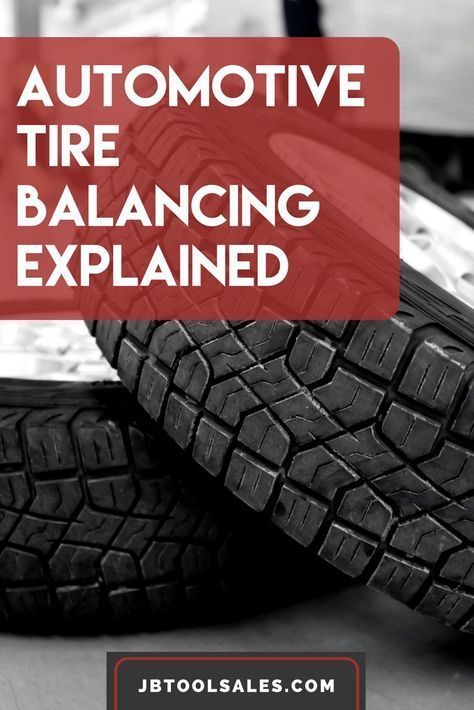 Low-quality products under the influence of abrasive particles wear out very quickly.
Low-quality products under the influence of abrasive particles wear out very quickly. You can determine the need for tire replacement yourself by the following signs:
Table of minimum allowable tread depth for different modes of transport as amended on 01.01.2015
| Minimum Remaining Tread Depth | Type of transport |
| 0.8 mm | L - motorcycles, mopeds, quad bikes |
| 1. | N2, N3, O3, O4 - trucks over 3.5 tons MPW and trailers over 3.5 tons MPW |
| 1.6 mm | M1, N1, O1, O2 - cars, trucks and trailers with a maximum authorized mass of less than 3.5 tons |
| 2.0 mm | M2, M3 - buses |
| 4.0 mm | Winter tires marked M+S, M&S, M S, the amount of residual tread depth does not depend on whether tires are installed on cars or trucks |
 If it does not exceed 50% of the original value, then the tires must be replaced.
If it does not exceed 50% of the original value, then the tires must be replaced. Important! If the outside edges of the tire are wearing faster, the inflation pressure is too low. Accelerated wear of the central part indicates excessive pressure. Wear on one side indicates a violation of the toe angle. Uneven surface wear is evidence of aggressive driving with rapid acceleration and hard braking.
You can extend the life of your tires by doing the following:
Normative document regulating the terms and conditions of tire storage - GOST 24779-81.